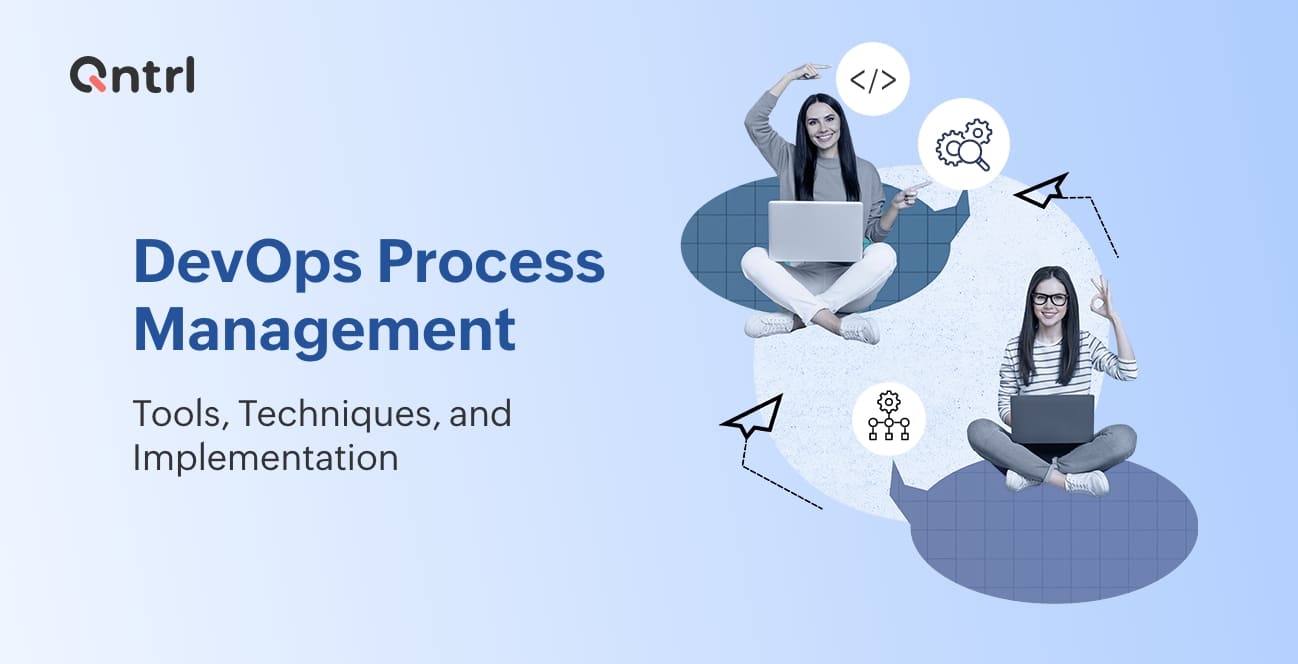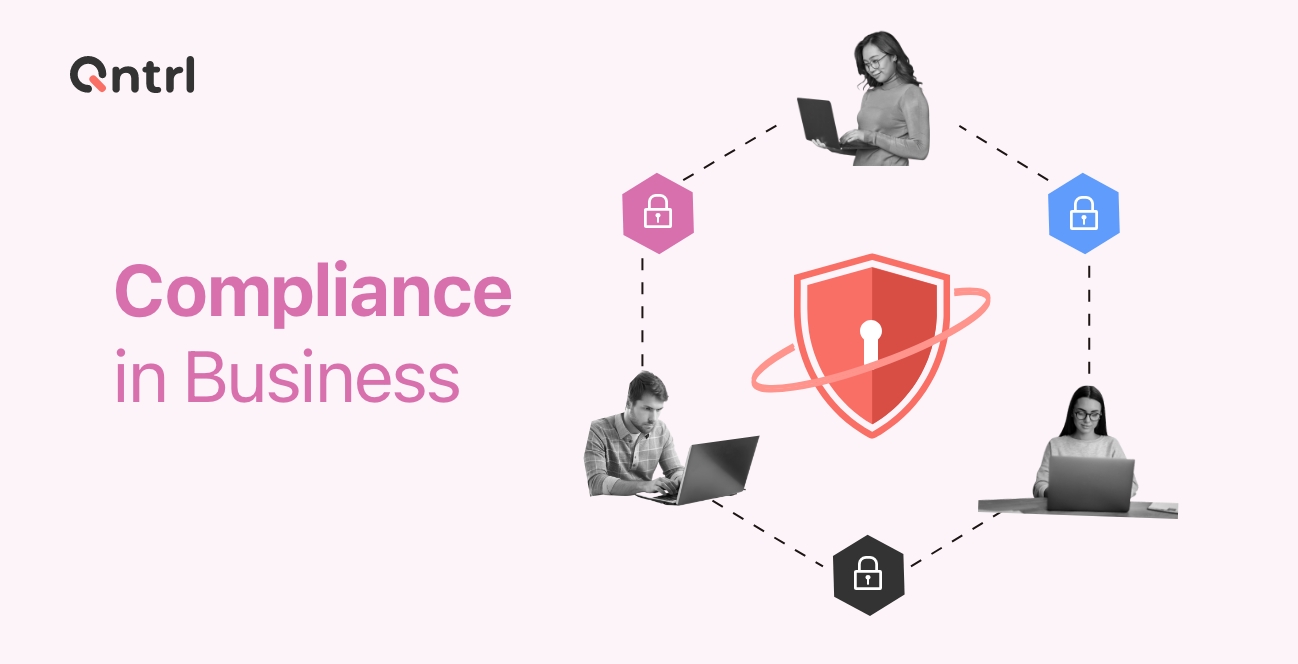Solving IT pain points: How enterprise solutions can transform your IT processes
Why Do You Need an Enterprise IT Solution?
Organizations constantly seek ways to enhance operational efficiency, streamline collaboration, and boost productivity. This pursuit has led to the development of enterprise IT solutions for work management—technology-driven tools and platforms that revolutionize how tasks, projects, and workflows are planned, executed, and tracked.
Yet, investing in an IT solution is more than just a technological upgrade—it’s a strategic decision that reshapes how businesses operate, scale, and remain competitive in a digital-first world. Let’s explore the core benefits of implementing an enterprise IT solution and how it can transform your organization.
Control: Bringing Order to Chaos
In IT operations, maintaining control can often feel like managing chaos, especially when dealing with complex workflows, scattered data, and security risks. However, a unified enterprise IT platform transforms this challenge into an opportunity, providing your organization with unmatched control and visibility.
By centralizing various aspects of IT management, such a solution offers the peace of mind that comes with robust data security, audit tracking, and compliance monitoring. Real-time insights into operations help ensure that every task, project, and approval process is tracked, reducing risks and increasing accountability.
Moreover, a work management tool ensures precise control over every process, allowing leaders to monitor who’s involved, what actions are taken, and when they occur. This level of granular control is essential for maintaining operational efficiency, protecting critical data, and ensuring compliance with industry regulations.
Visibility: Gaining a 360-Degree View of Operations
Bridging the gap between traditional IT practices and the demands of modern digital enterprises, a robust enterprise IT solution provides real-time visibility across operations, projects, and resource allocations.
Imagine a scenario where your team can track requests, project statuses, and bottlenecks in real-time—without navigating through multiple spreadsheets or disconnected systems. With advanced dashboards, interactive reporting, and real-time tracking, managers gain a comprehensive view of progress, workload distribution, and risks, allowing them to make informed decisions proactively.
Additionally, visibility extends beyond operations—it enhances customer service, IT help desk management, and vendor coordination, ensuring all stakeholders have access to critical insights when they need them.
Collaboration: Breaking Silos for Seamless Teamwork
Effective collaboration is the cornerstone of successful projects, and IT work management solutions are designed to eliminate silos and enhance cross-functional teamwork.
Many organizations still rely on scattered communication channels like email, chat apps, and phone calls, leading to confusion and inefficiencies. A centralized IT platform consolidates all communication within a single system, providing features like:
- Instant messaging and discussion boards to facilitate quick decision-making.
- File sharing and document versioning to ensure that everyone works on the latest data.
- Task commenting and project timelines to track contributions and maintain transparency.
With better collaboration tools, remote teams stay connected, ensuring that productivity remains unaffected regardless of location.
Automation: Freeing Teams from Repetitive Tasks
Automation is one of the most powerful aspects of enterprise IT solutions. Imagine a world where help desk tickets are automatically assigned, emails are sent without manual intervention, and approval workflows run effortlessly—freeing up teams to focus on strategic initiatives.
By reducing reliance on manual processes, automation helps:
- Speed up response times and improve customer satisfaction.
- Eliminate bottlenecks in critical workflows.
- Ensure compliance by standardizing processes.
Moreover, AI-driven automation enables predictive analytics, helping organizations identify patterns and optimize workflows before issues arise.
Empowering DevOps Teams: Enhancing Efficiency and Collaboration
For DevOps teams, the right enterprise IT solution is not just a convenience—it’s a necessity. DevOps is built on the principles of automation, continuous integration, and seamless collaboration between development and operations teams. An enterprise IT platform provides the infrastructure and visibility needed to accelerate software delivery cycles while maintaining stability and security.
Here’s how an IT solution empowers DevOps teams:
1. Automating Workflows for Faster Deployments
DevOps thrives on continuous integration (CI) and continuous deployment (CD). Enterprise IT solutions integrate with DevOps pipelines to automate testing, approvals, and deployments, reducing human intervention and minimizing errors. By streamlining processes, teams can:
- Eliminate manual approvals with automated workflows.
- Reduce deployment time by integrating build and release management.
Ensure compliance by automatically tracking audit logs and system changes.
2. Enhancing Collaboration Between Development & Operations
One of the biggest challenges in DevOps is bridging the gap between software developers and IT operations. Enterprise IT solutions provide a centralized platform for communication, issue tracking, and documentation, ensuring that both teams:
- Work with real-time updates on deployments, incidents, and changes.
- Collaborate on resolving issues faster through integrated discussion threads.
Maintain a single source of truth for all projects, releases, and bug fixes.
3. Improving Monitoring & Incident Management
An efficient DevOps team requires real-time monitoring and proactive incident management. Enterprise IT solutions integrate with monitoring tools like Nagios, Prometheus, and New Relic, providing:
- Automated alerts for system failures or performance degradation.
- A centralized dashboard for tracking system health and uptime.
Historical analytics to identify recurring issues and optimize performance.
4. Ensuring Security & Compliance in DevOps Pipelines
Security is a major concern in DevOps, especially with frequent code deployments and system updates. Enterprise IT solutions enforce security policies, control access permissions, and automate compliance checks, ensuring:
- Only authorized personnel can deploy code to production.
- Security vulnerabilities are detected and mitigated before deployment.
Audit trails are maintained for regulatory compliance.
5. Scaling Infrastructure with Cloud & DevOps Tools
Modern DevOps teams rely on cloud computing and containerization technologies like Docker and Kubernetes. An enterprise IT solution provides seamless integration with cloud platforms (AWS, Azure, GCP) and DevOps tools, allowing teams to:
- Provision and manage infrastructure-as-code (IaC).
- Deploy applications in scalable environments.
Optimize resource allocation for cost efficiency.
Resource Allocation: Optimizing Workloads Efficiently
Enterprise IT solutions come equipped with intelligent resource allocation tools that allow organizations to assign and manage resources effectively. By analyzing workload distribution, teams can:
- Avoid overburdening certain employees while underutilizing others.
- Plan project timelines based on actual resource availability.
- Ensure better task delegation with real-time updates on progress.
This results in smoother execution of projects, optimized workforce utilization, and improved operational agility.
Visualizing Progress: Gantt Charts, Timelines & More
Project tracking is more than just updating task lists—it’s about seeing the bigger picture. Enterprise IT solutions offer Gantt charts, Kanban boards, and interactive dashboards that provide real-time project snapshots, helping teams:
- Identify bottlenecks and delays.
- Adjust priorities and deadlines proactively.
Make data-driven decisions on workload balancing.
The visual representation of tasks ensures that stakeholders, regardless of technical expertise, can easily grasp the status and dependencies of ongoing projects.
Reporting & Analytics: Turning Data into Strategy
Enterprise IT solutions don’t just manage workflows; they generate actionable insights through advanced analytics. By tracking KPIs, project milestones, and workforce efficiency, organizations can:
- Identify performance trends and optimize workflows.
- Forecast resource needs based on historical data.
Ensure compliance and risk management with detailed audit logs.
With real-time reports and AI-powered analytics, leadership can steer the company toward more strategic decision-making and growth opportunities.
Seamless Integration: Connecting Your IT Ecosystem
Most organizations use multiple IT systems—CRM, ERP, HR management tools, and financial software. A robust enterprise IT solution integrates seamlessly with these tools, ensuring:
- Smooth data exchange without silos.
- Unified workflow management across departments.
Enhanced efficiency and accuracy in decision-making.
This interconnectivity ensures consistent and real-time information flow, eliminating duplication and manual data entry.
Security & Compliance: Protecting Critical Data
Data security is non-negotiable, and enterprise IT solutions prioritize encryption, role-based access, and compliance tracking. With built-in security frameworks, businesses can:
- Prevent unauthorized access to sensitive information.
- Maintain compliance with industry standards like GDPR and ISO.
Track audit logs for complete transparency.
Mobility: Access Anytime, Anywhere
In hybrid work environment, teams need on-the-go access to projects, tasks, and communication tools. Enterprise IT solutions offer:
- Mobile apps with real-time synchronization.
- Remote access to documents, approvals, and analytics.
- Seamless cross-device compatibility.
This ensures that employees, no matter where they are, remain productive and engaged.
Scalability: Future-Proofing Business Operations
As companies grow, their IT needs evolve. Enterprise IT solutions scale effortlessly, adapting to:
- Increased workloads without performance loss.
- Expanding teams with customized access levels.
- New industry regulations with up-to-date compliance measures.
This ensures that your IT system remains an asset, not a limitation, as your business expands.
Choosing the Right IT Solution: A Smart Investment
A common misconception is that enterprise IT solutions are prohibitively expensive. However, modern platforms offer:
- Comprehensive feature sets at competitive pricing.
- Scalability without additional infrastructure costs.
Long-term efficiency gains that outweigh initial investments.
Compared to basic tools, an enterprise solution provides:
✅ Advanced security and compliance features.
✅ Scalability for future growth.
✅ End-to-end workflow automation.
✅ Seamless collaboration tools in one platform.
Final Thoughts: The Competitive Advantage of Enterprise IT Solutions
Adopting an enterprise IT solution is not just about digital transformation—it’s about building a smarter, more efficient, and future-ready organization.
With benefits like automation, collaboration, analytics, and security, these solutions empower teams to work smarter, faster, and with greater impact.
As businesses continue to evolve, the real question isn’t “Should we adopt an IT enterprise solution?” but rather, “How soon can we implement one to drive success?”
Enjoying your reading?
Enjoy organization and visibility too!
Qntrl can help you organise, control and improve production and projects in your team.







